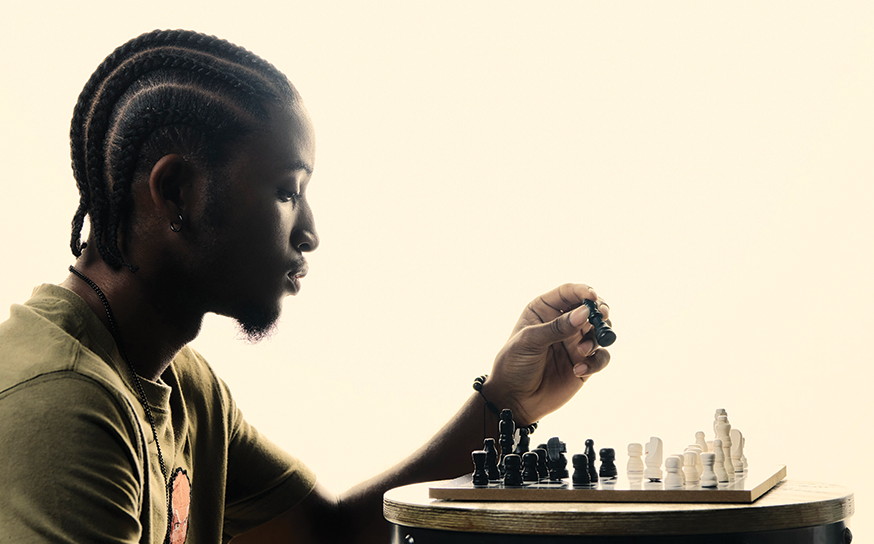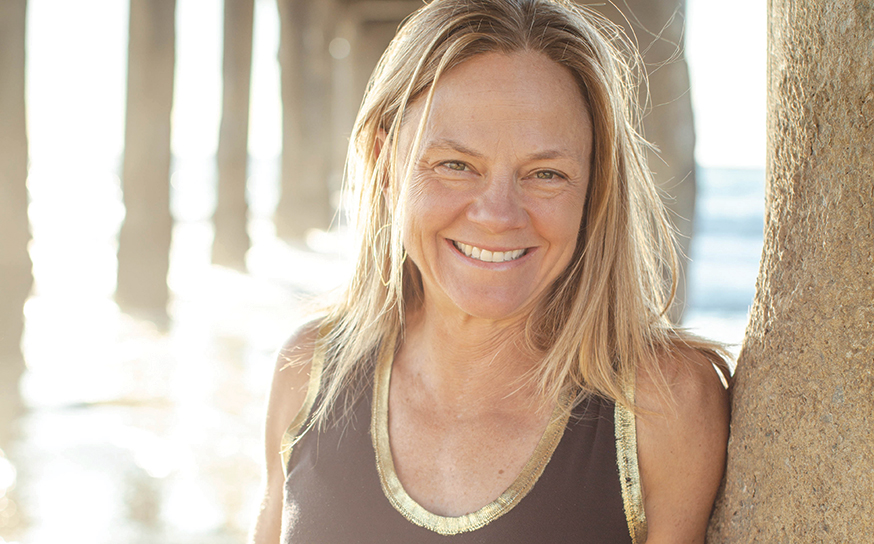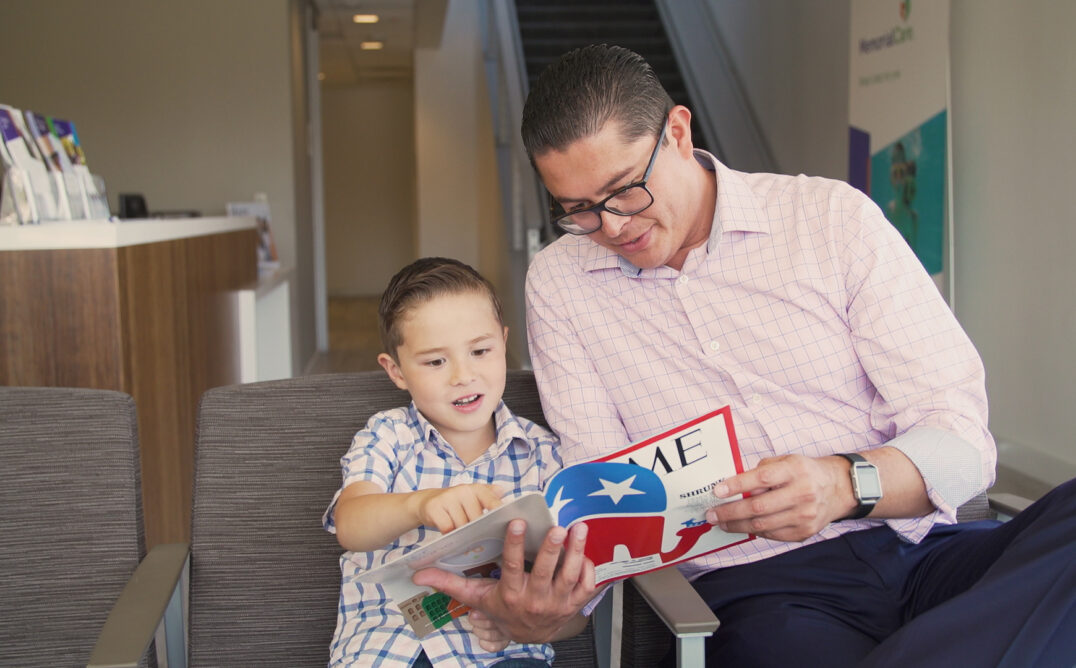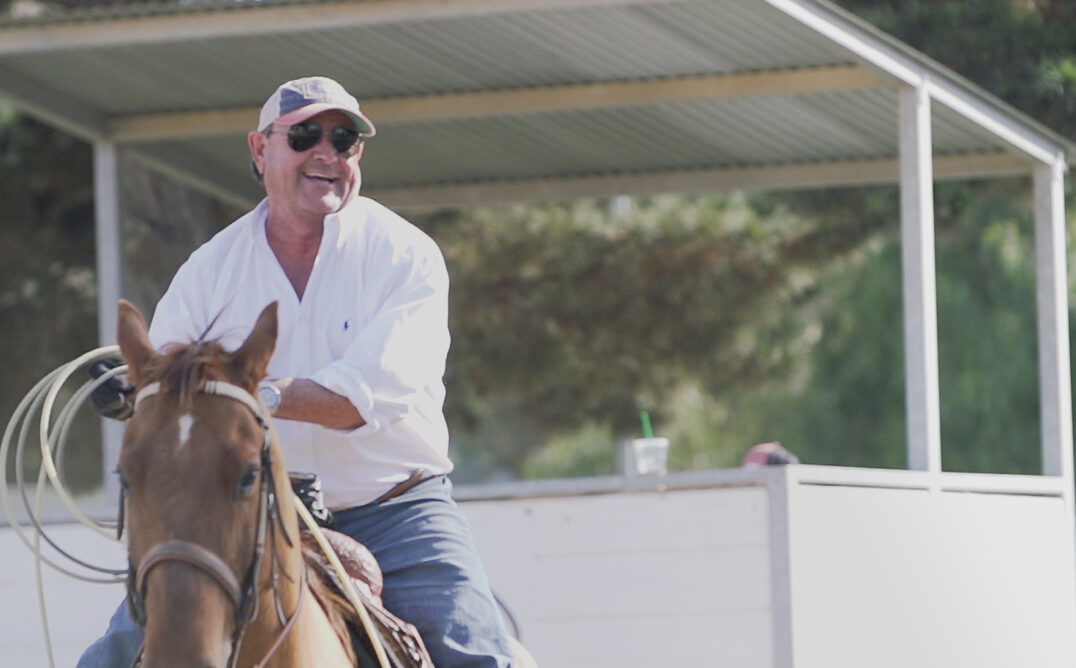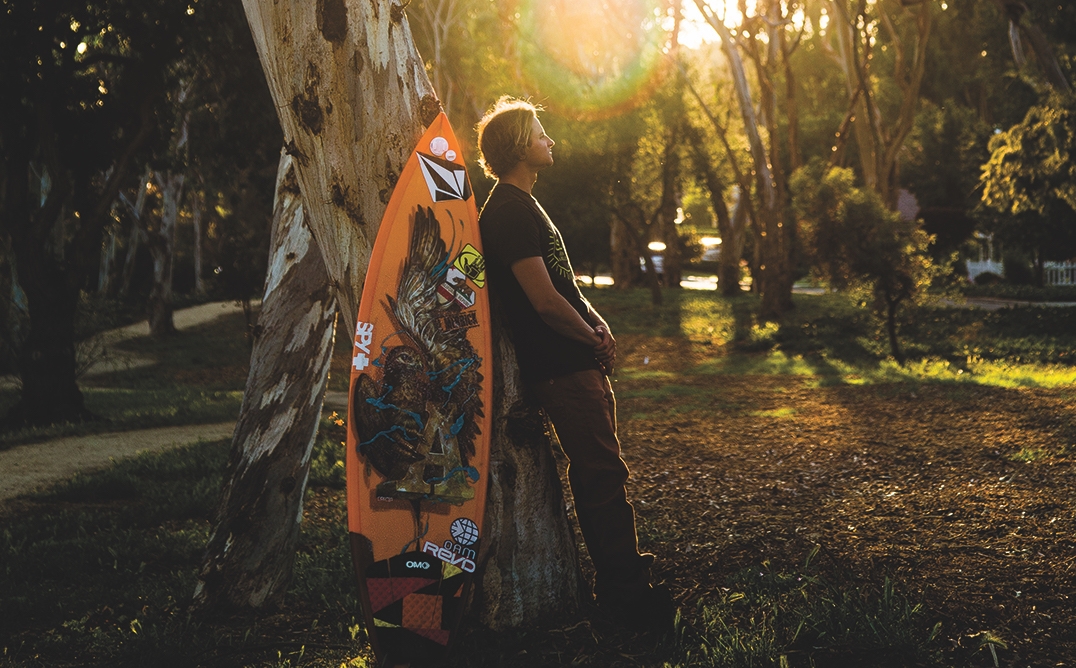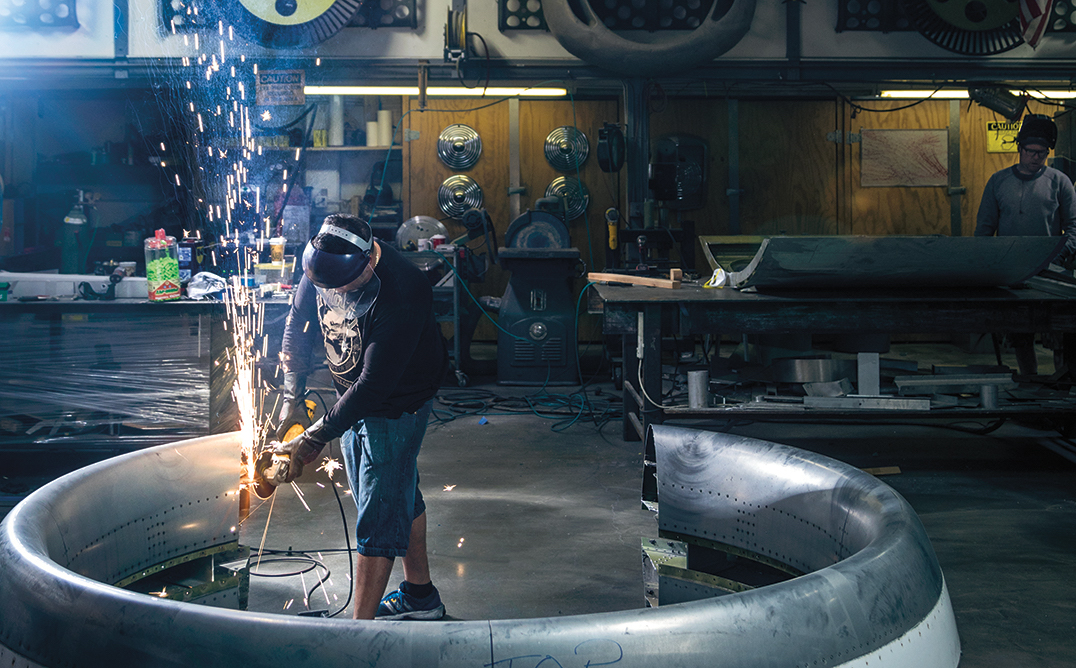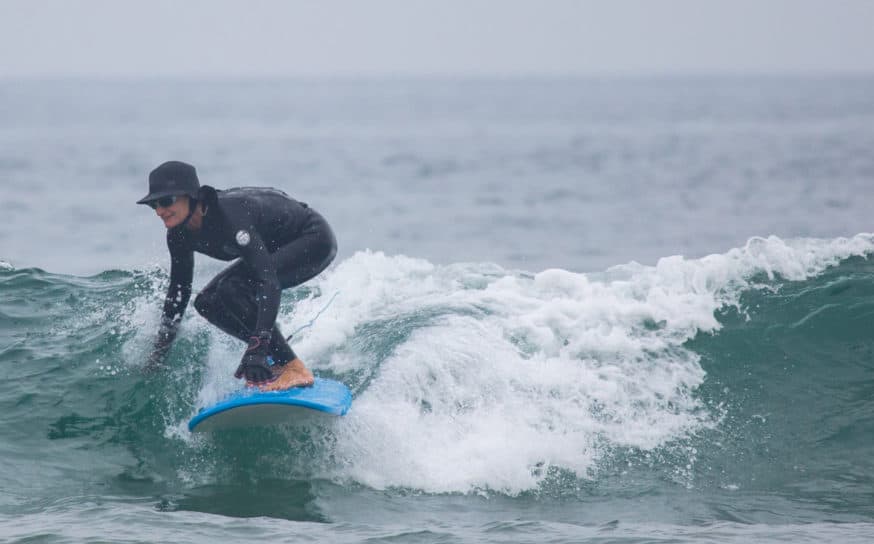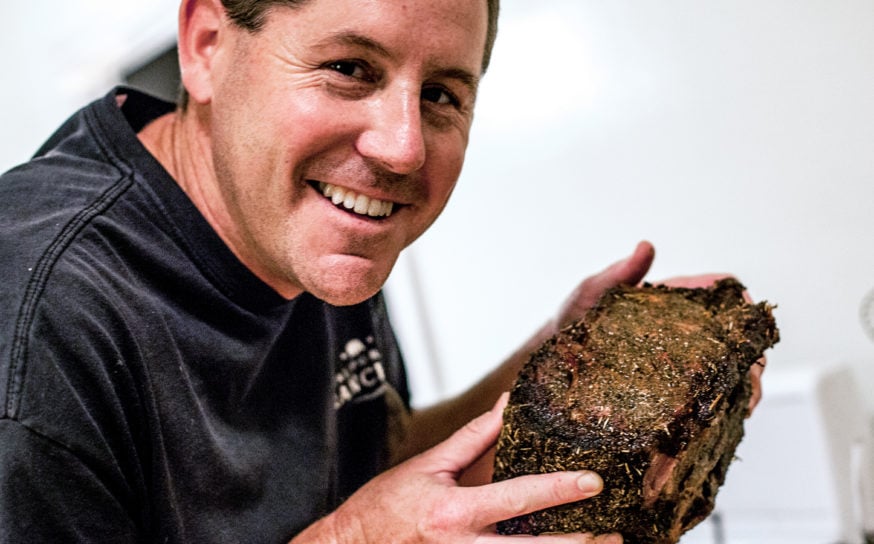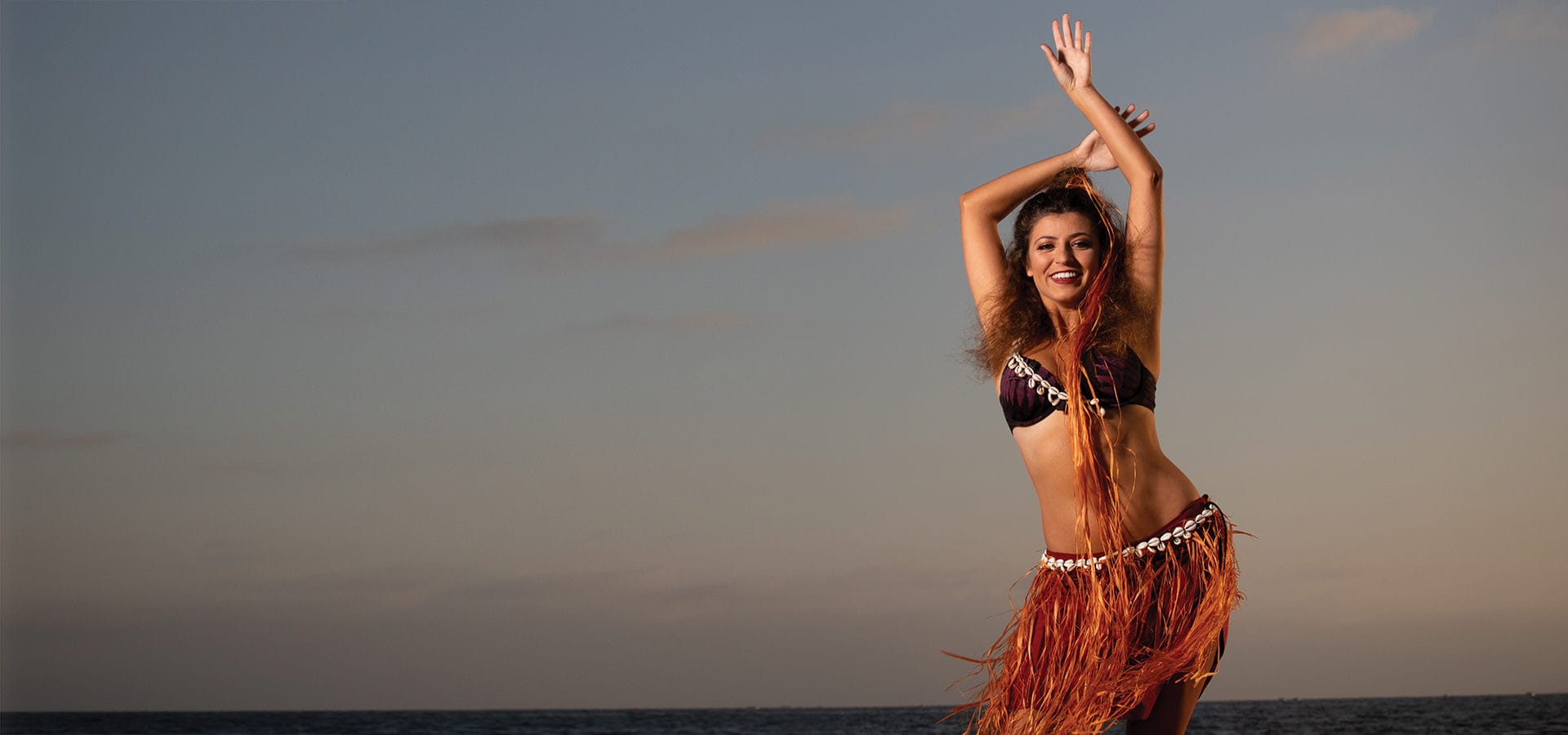
Through Polynesian Dance, Natasha Vega Weaves a Beautiful Narrative
Stories in motion.
- CategoryPeople
- Written & photographed byKat Monk
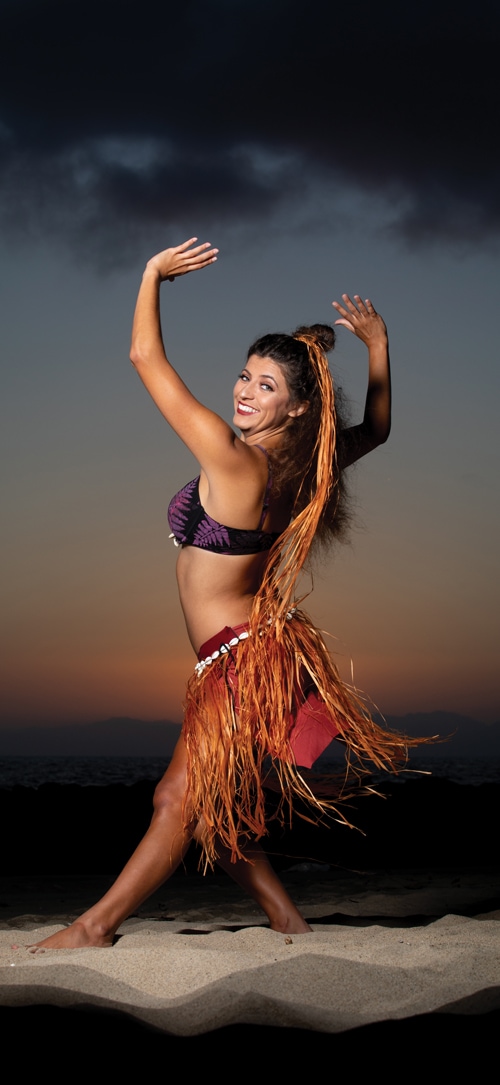 While young girls often lean toward ballet and tap lessons, Natasha Vega and her sister, Olivia, stepped outside the box and took up Polynesian dance. When Natasha was 8 and Olivia was 5, their mom registered them to take Nualani’s Polynesian dance at the Hermosa Beach Playhouse. She chose the class not as a heritage exploration (they are German and Puerto Rican), but because the age range allowed the sisters to take class together at the same time.
While young girls often lean toward ballet and tap lessons, Natasha Vega and her sister, Olivia, stepped outside the box and took up Polynesian dance. When Natasha was 8 and Olivia was 5, their mom registered them to take Nualani’s Polynesian dance at the Hermosa Beach Playhouse. She chose the class not as a heritage exploration (they are German and Puerto Rican), but because the age range allowed the sisters to take class together at the same time.
Their teacher, Rose Laolagi, taught them hula, Samoan, Maori and Tahitian. Most of these dances originated from the islands within the Polynesian triangle, with each island enjoying its own dance style and variations.
After Natasha graduated Mira Costa High School in 2014, she started college at California State University Long Beach. She decided to try out for the Ori Tahiti advanced team at the world-renowned dance studio Nonosina. Tiana Liufau, the director and also Rose’s cousin, worked as a dance coach on Dancing with the Stars. Natasha made the cut.
“We fully commit to each dance, as our bodies and facial expressions retell stories from the ancient ones and we are able to write our own.”
In addition to competing as an Ori Tahiti dancer, Natasha teaches second grade in the Los Angeles Unified School District and is a sprint coach for the Mira Costa High School track team. Despite her busy schedule, Natasha trains a couple times a week for dance events and cultural exchanges across the country.
Tiana notes Natasha’s commitment to dance even when she has a full plate: “Natasha is studious in her work and doesn’t speak much in class, but that is because when she dances, she shines.”
Ori Tahiti, a Polynesian dance, requires the dancer to understand the meaning behind each motion and string together the “lei” that will be a complete routine. Their movements mimic nature and the origin of the first dancers, and every dance has a story behind it. Luau dancing, a Polynesian dance created in Hawaii, is associated with slower arm and hip movements. Tahitian dancing is associated with faster movements.
“Ori Tahiti dances should be low in stance and organic in delivery,” adds Tiana. “Natasha is trained in these concepts and commits to our cultural concepts when dancing. We fully commit to each dance, as our bodies and facial expressions retell stories from the ancient ones and we are able to write our own.”
Costumes for Ori Tahiti are unique and elaborate, reflecting the style of dance performed. “We try to keep the costumes as original as they used to be back in the day,” says Tiana.
Costumes are typically a pareo—two pieces of fabric tied together (similar to a sarong) with a moré hip belt made of hau bark. There is also a head adornment covered in tapa (a cloth made from the inner bark of trees), shells and raufara (braided leaves from the hala tree).
“My favorite part of dance is being able to perform and having it affect everyone in the audience in a different way,” explains Natasha. “I love seeing the reaction of the audience. Sometimes people are in tears—they get so much joy from watching us perform.”
Recently Natasha’s group traveled to Tahiti to perform on the prestigious stage in To’ata Square in Papeete, normally reserved for groups that are from the island. “We did our best to make it interesting to the people in Tahiti while trying to keep to the original style,” she says. “The people were very welcoming. It was a very big honor and a humbling opportunity.”
Southbay ‘s Annual Spring Style Guide Has the Latest Fashion Trends, Jewelry, Home Goods and Gifts!
Shop local and support our amazing businesses.







